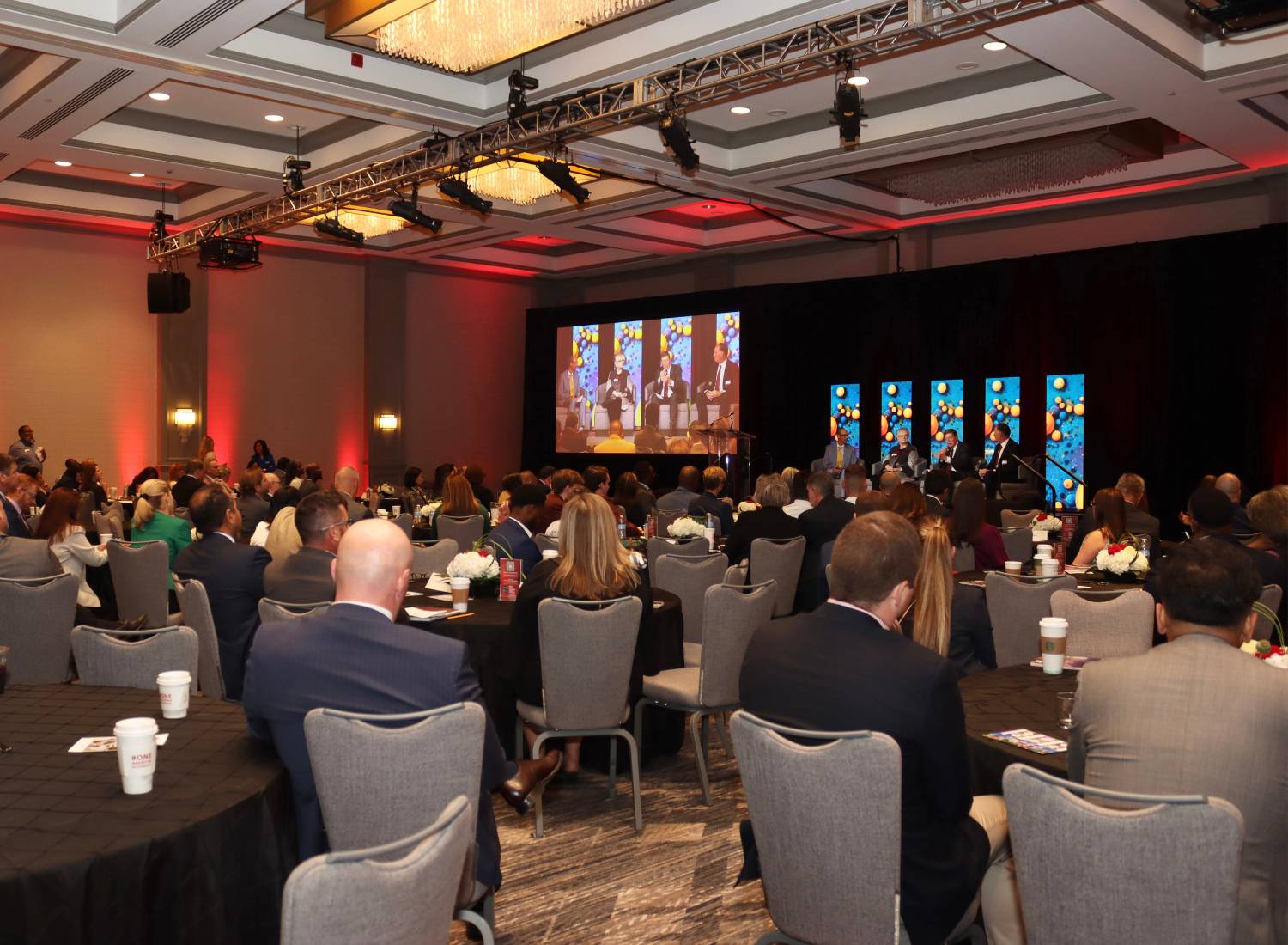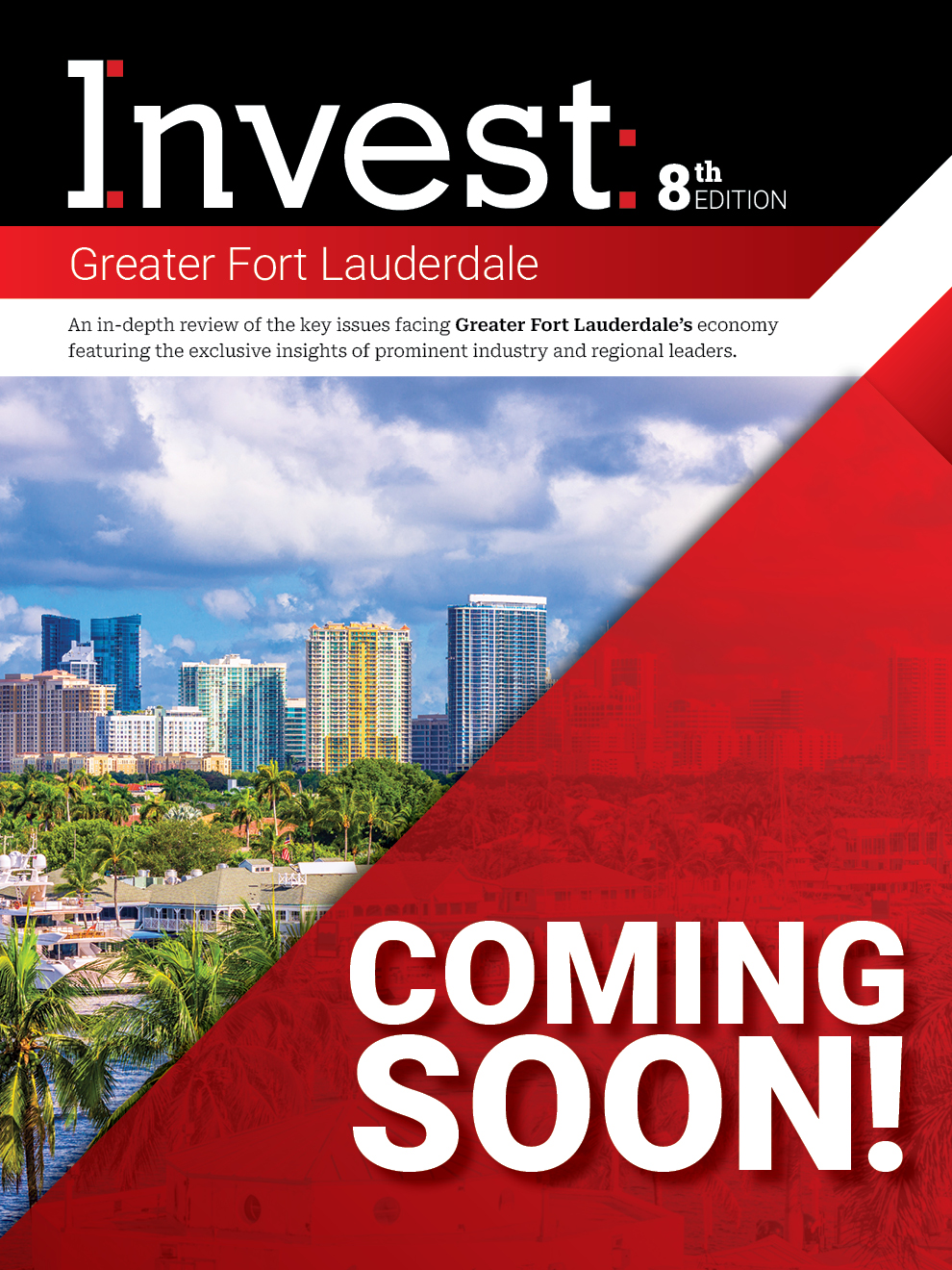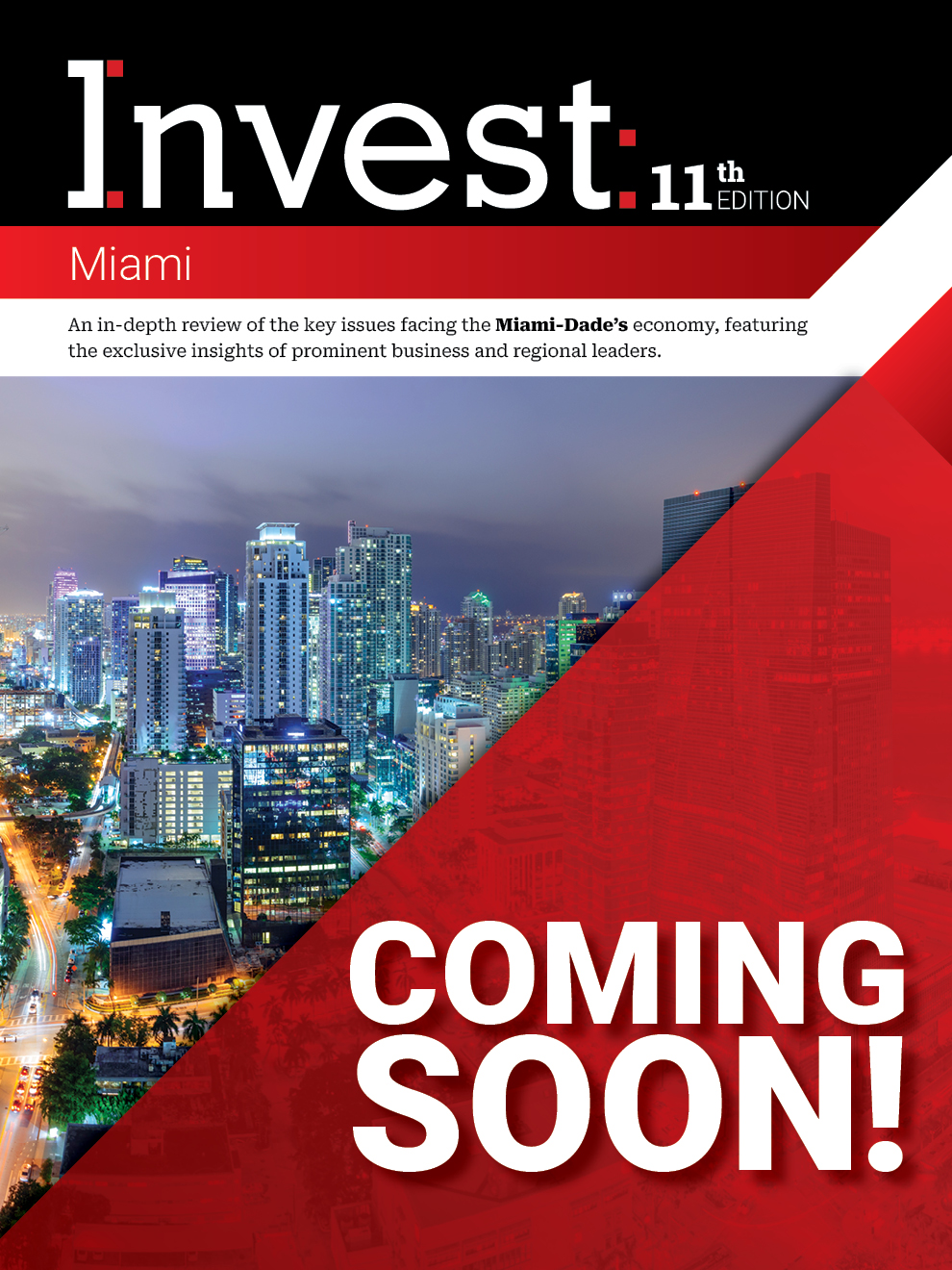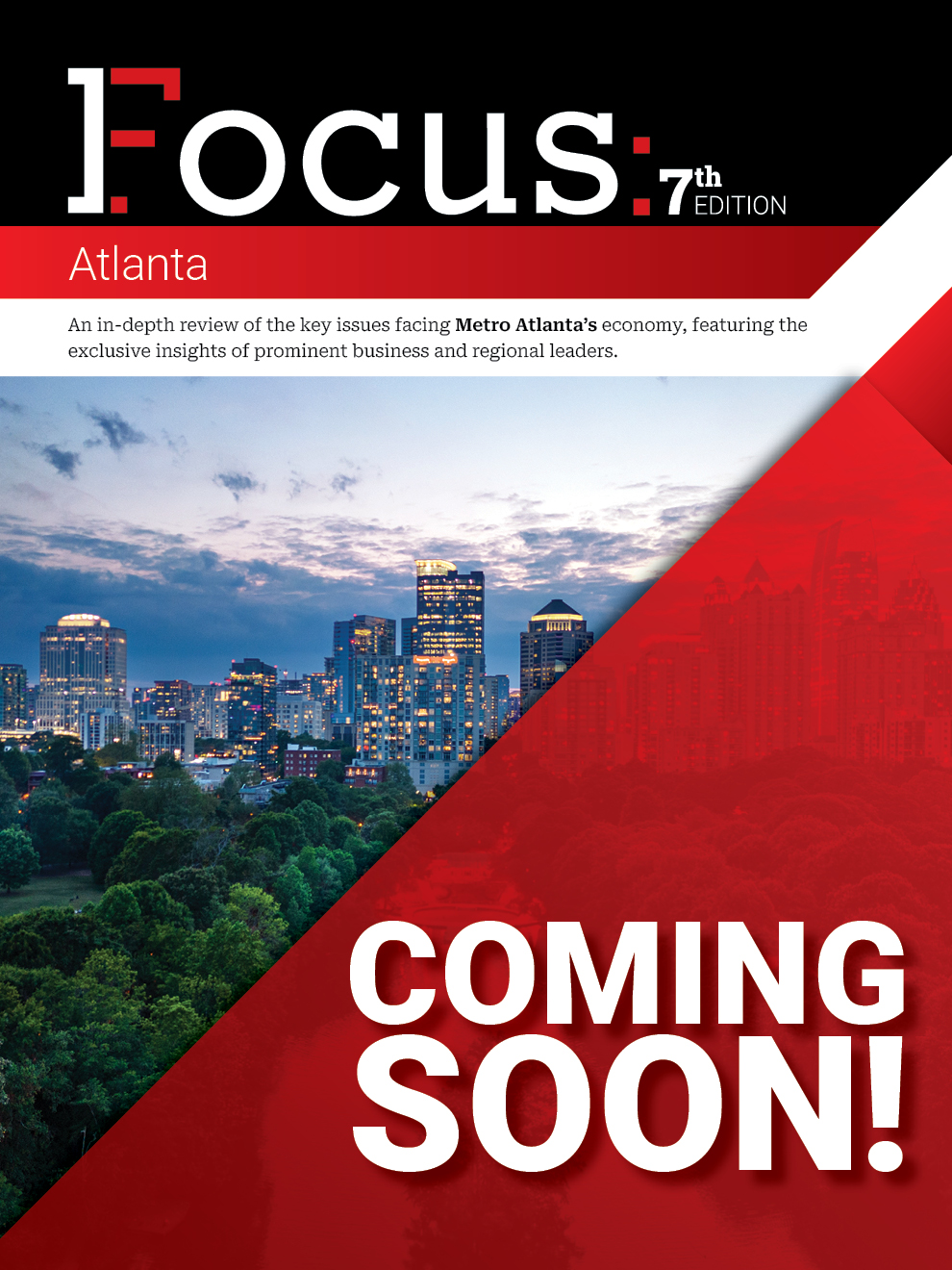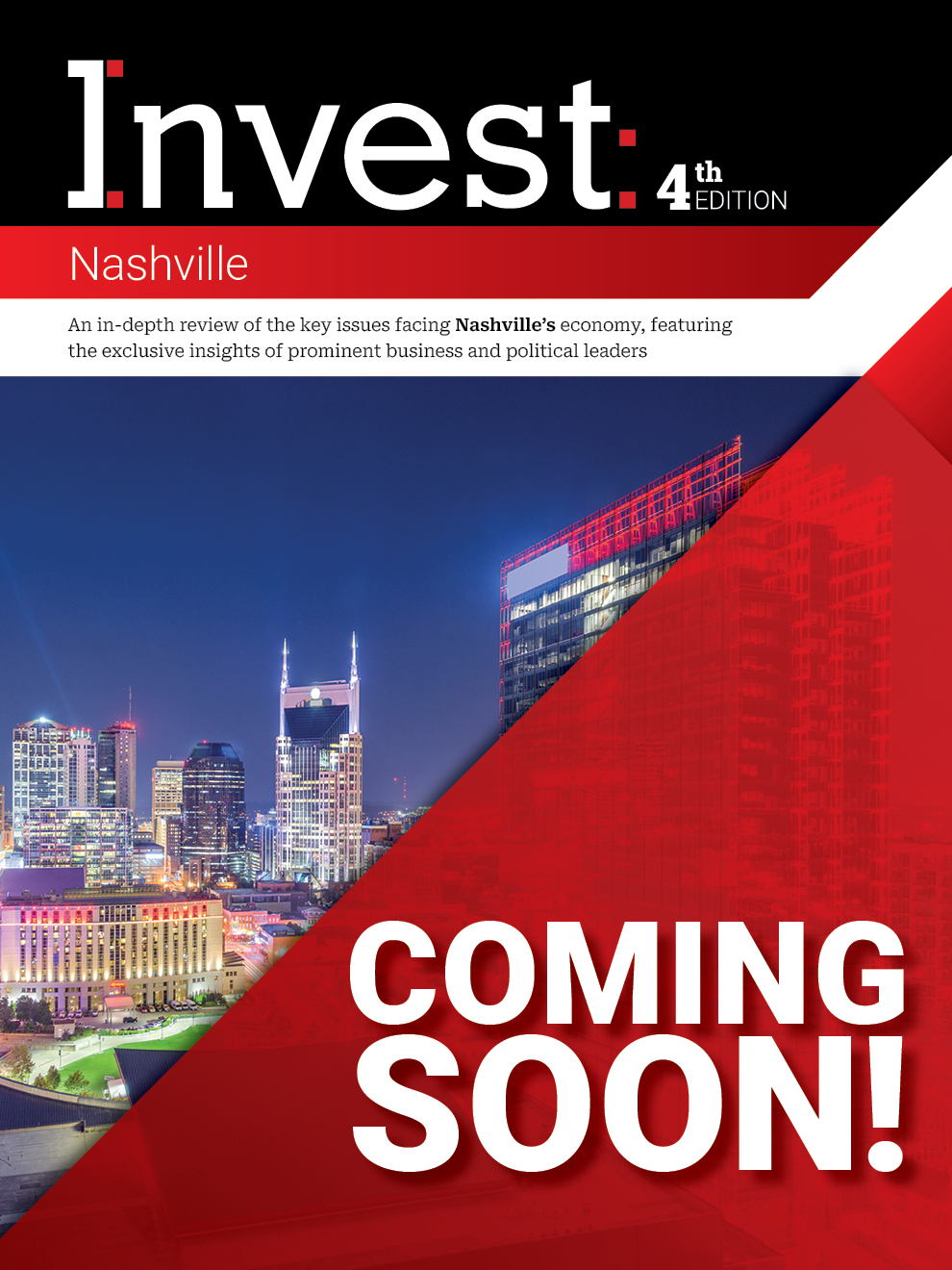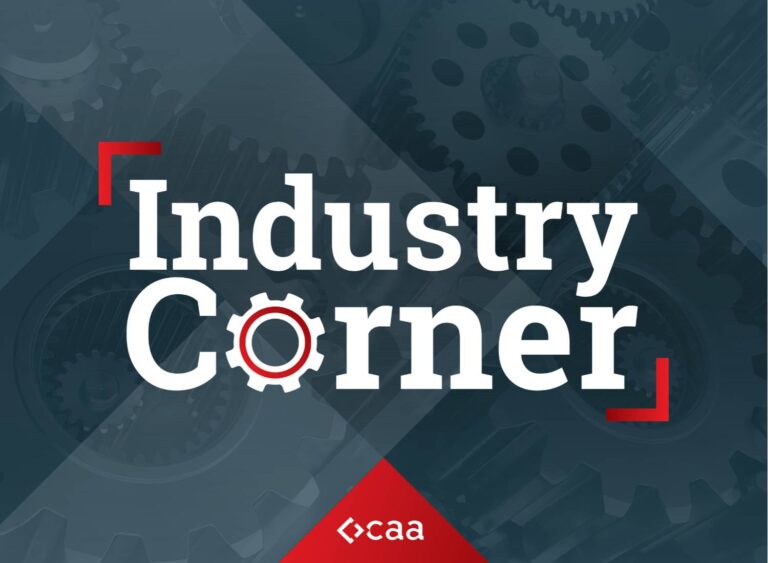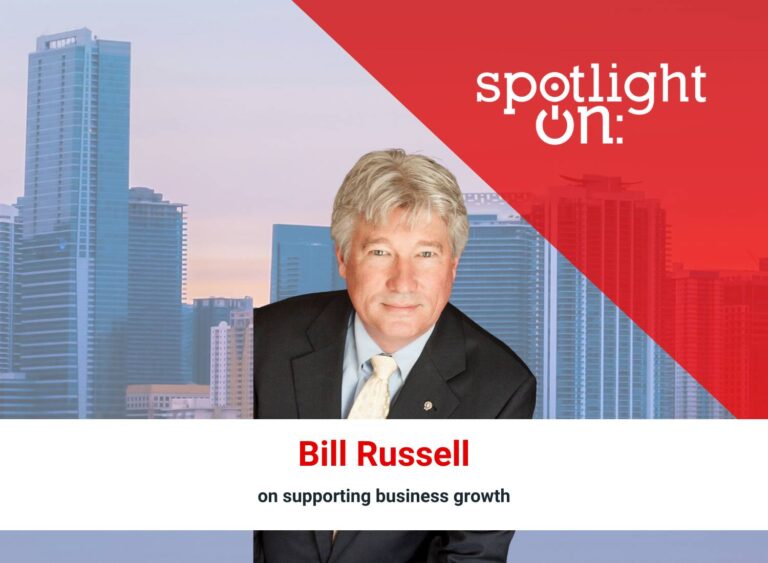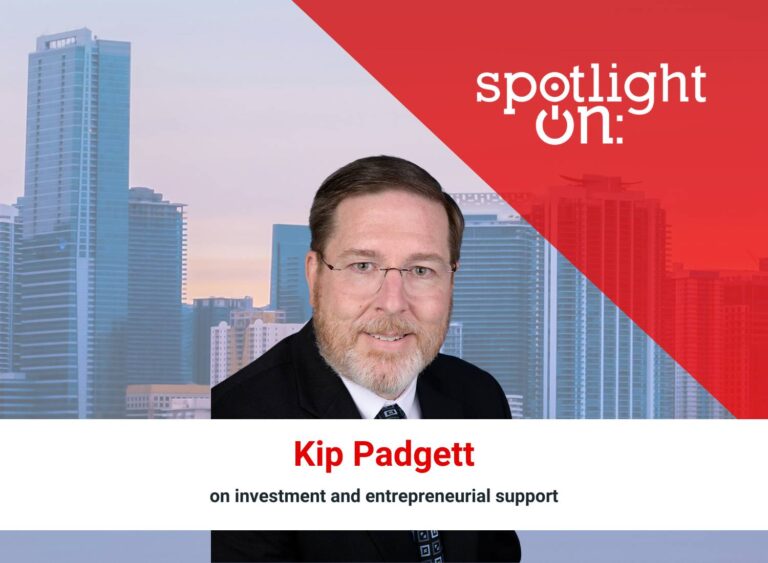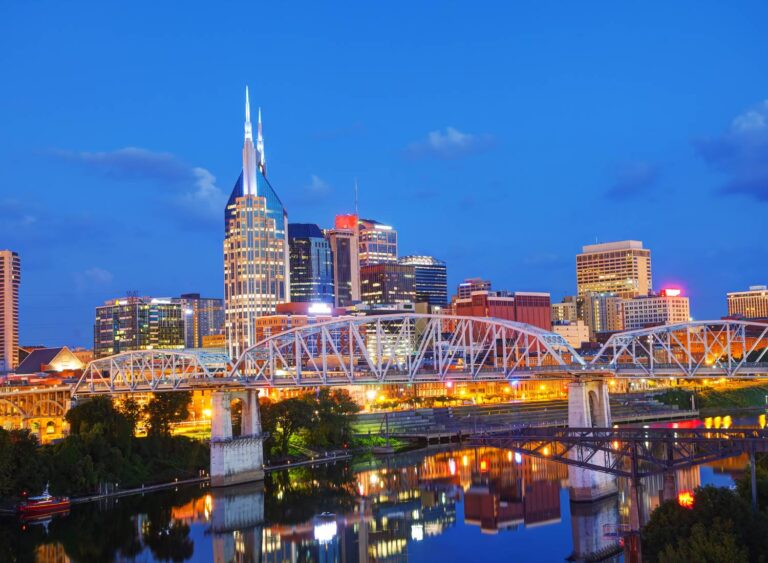Spotlight On: Abbye Feeley, Administrator of Development and Economic Opportunity, City of Tampa
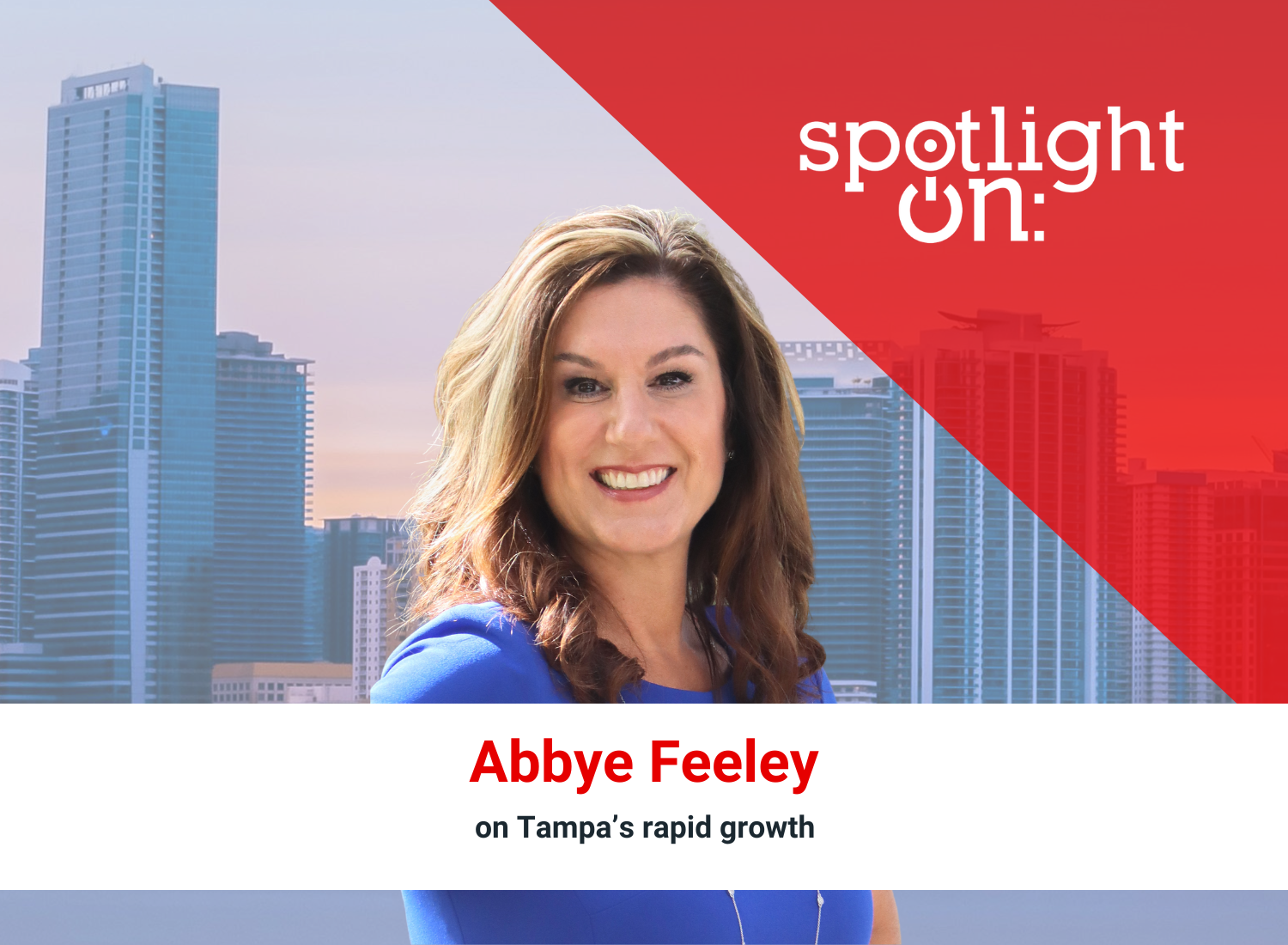
June 2025 — In an interview with Invest:, The City of Tampa’s Development and Economic Opportunity Administrator Abbye Feeley emphasized managing rapid growth while ensuring economic sustainability. She highlighted transformative projects like Gasworx and the Fun Lan redevelopment, along with a focus on resiliency and transit expansion. “We only get one shot at shaping the next generation of our city,” she noted, stressing the importance of strategic redevelopment.
What are your top priorities for economic development in Tampa over the next few years?
I’ve stepped into this role at a rapid pace, but I’ve been with the city for 25 years and have seen its incredible growth. Every time I think we’ve reached the peak of becoming a great city, we keep pushing forward, evolving into something even better. We’ve faced challenges this year, particularly with two hurricanes that hit toward the end of the fiscal year. Those storms will change the fabric of our community, especially in residential areas, and we need to be prepared for that.
My top priorities are balancing Tampa’s rapid growth while ensuring we sustain and strengthen our economy. We’re seeing about 80 to 100 new people calling the Tampa Bay region home every day, and that growth needs to be managed carefully.
I was in a meeting yesterday with John Couris, the President and CEO of Tampa General Hospital, and he mentioned that TGH alone has brought over 7,000 jobs to the region in recent years. As we see Gasworx beginning to rise on the outskirts of downtown and the next phase of Water Street taking shape, we need to ensure these developments support key industries like medical research and technology. At the same time, we must navigate national challenges like high inflation and funding constraints while keeping Tampa on a strong economic trajectory.
Another priority is seeing through Mayor Jane Castor’s initiatives as we enter the final two years of her administration. Projects like Rome Yard — which just completed environmental remediation after more than 30 years as an equipment and material laydown yard — are moving forward, along with the next phases of Gasworx and a new park. One project I’m especially excited about is the Fun Lan redevelopment in East Tampa, which will bring 356 units of 100% affordable housing at different income levels. The city’s involvement in that project will be transformative for the area.
And there are more projects on the horizon that we’re not ready to announce yet, but we’re always looking at ways to take Tampa to the next level.
What makes Tampa unique and an ideal place for businesses and residents?
I always say, for such a big city, Tampa still feels like a small town. I’ve had the opportunity to work with cities like Charleston and Charlotte that come to benchmark against Tampa, and one thing that truly sets us apart is how we’ve preserved our community assets along the Hillsborough River.
If you haven’t seen the new video on the Riverwalk on the City’s YouTube Channel, it’s a great piece showcasing how multiple mayors have worked to keep our cultural and arts institutions along the waterfront. The Straz Center, the Tampa Museum of Art, the Convention Center, and many of our parks are all right along the river.
Many cities sell off prime waterfront real estate for high-rise development, but Tampa has taken a different approach. While we do have a few residential towers along the river—two under construction now and one recently completed — most of that land is city-owned, from Armature Works down to the Florida Aquarium. That creates a unique experience where people can walk out onto the Riverwalk and enjoy nature in the heart of our downtown.
This environment has become a major attractor for talent and businesses. People visit, experience the city, and then decide to stay or relocate their businesses here. Tampa has an economic ecosystem where different industries and talent streams work together, and that’s a big part of our success.
How do you see Tampa’s key industries evolving?
I met with the county recently about the 74-acre redevelopment site along Fowler Avenue near MOSI. That central Tampa area, especially around USF, is in a transformative period. USF is building a new stadium, and the university is shifting from a commuter school to a more traditional residential campus. That’s a huge shift, and as the university evolves, the surrounding community and businesses will follow.
Tampa has very little vacant land — less than 4% of the city — so much of our growth will come from redevelopment. Gasworx is a prime example of that. We’re also seeing an expansion of industries like health sciences and are exploring ways to create dedicated districts to support that sector.
Tampa Bay Wave has been instrumental in fostering startups in key areas like financial technology, and our port and MacDill Air Force Base continue to play vital roles in our economy. The strength of Tampa’s economic future is that we don’t rely on just one industry — we have a diverse, interconnected economy.
How is Tampa supporting workforce development?
Right now, our unemployment rate is below 4%, and we have a strong labor market. The city is involved in workforce development in multiple ways. Mayor Castor established a workforce development section that hosts events and programs to help connect residents with opportunities. We also work with organizations like Tampa Bay Wave, Prospera, and the Economic Development Council to support small businesses and entrepreneurs.
Additionally, we have a Small Business Navigator whose role is to assist business owners, startups, and entrepreneurs with resources and guidance. That one-on-one support is an invaluable tool for business owners navigating the city’s landscape. Beyond that, we also must think about our working waterfront and the role of MacDill Air Force Base in our economy. These industries contribute to our economic stability and workforce opportunities.
How is the city addressing infrastructure needs to support growth?
Right now, our major infrastructure improvements are focused on resiliency rather than expansion. Tampa has experienced severe flooding and other storm-related impacts, and we have significant needs in our stormwater system to prepare for future events.
We’ve all learned over the past year that it’s not a matter of if another major storm will hit, but when. Because of that, the Stormwater Department and Mobility Department are accelerating projects that were planned but not yet started. While we are doing some road improvements, most of our infrastructure efforts are centered on strengthening the city’s resilience.
What is your vision for Tampa’s future?
My vision is to continue addressing our biggest challenges — housing affordability and transit — so we can keep moving the city forward. We’re in the middle of updating our land development code, something that hasn’t been comprehensively revised since the late 1980s. This update will help create more diverse housing options and support transit-oriented development.
Expanding the streetcar system is also a major priority. We need to reduce auto dependency and activate underutilized areas, which will reshape the city over time. Large developments like Water Street Phase 2, Gasworx, and Encore are already helping us build toward that vision.
I always say that we only get one shot at shaping the next generation of our city. Buildings have about a 40- to 50-year lifecycle, so when we redevelop, we need to do it in a way that meets today’s needs while planning for the future. That’s what excites me — taking Tampa’s growth and making sure we’re building a city that will continue to thrive for generations to come.
For more information, please visit:

